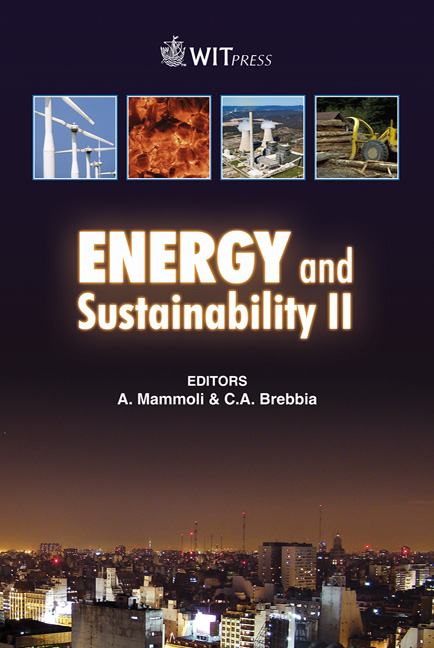Production Of Biodiesel From Jatropha Curcas And Performance Along With Emission Characteristics Of An Agricultural Diesel Engine Using Biodiesel
Price
Free (open access)
Transaction
Volume
121
Pages
10
Published
2009
Size
856 kb
Paper DOI
10.2495/ESUS090331
Copyright
WIT Press
Author(s)
S. Mitra, P. K. Bose & S. Choudhury
Abstract
The objective of the present experimental work is the production of biodiesel and to examine the effects of different blends of biodiesel with diesel on the exhaust emission and performance characteristics of an existing agricultural diesel engine and to select a suitable blend of biodiesel with diesel. The suitability of a blend of biodiesel with diesel is related with the reduction in exhaust emissions and brake specific fuel consumption (BSFC), together with an increase in brake thermal efficiency (BTE). Experimental work started with the production of biodiesel obtained from Jatropha curcas in our own mini biodiesel plant. Biodiesel is blended with diesel at different ratios to obtain different blends, such as B10 (10% biodiesel + 90% diesel by volume), B20, B30, B40, B50, B60, B70, B80, B90 and B100. Experimental results show that BSFC at all loads is less for blends B10 to B50 compared to that of diesel. BTE at all loads is higher for blends up to B60 compared to diesel and after B60 it is more or less the same as diesel. Engine emissions of CO, HC, and also NOx to some extent, are less for all blends from B10 to B100. Among the blends, B10 has lowest BSFC, lowest emission and highest BTE. Higher biodiesel blends can also be used with suitable modifications to arrest some NOx. The present investigation is thus directed to the on-going research towards the search for viable alternative fuels for energy security, environmental problem mitigation and sustainable development. Keywords: biodiesel, Jatropha curcas, diesel engine, performance and emission.
Keywords
biodiesel, Jatropha curcas, diesel engine, performance and emission





